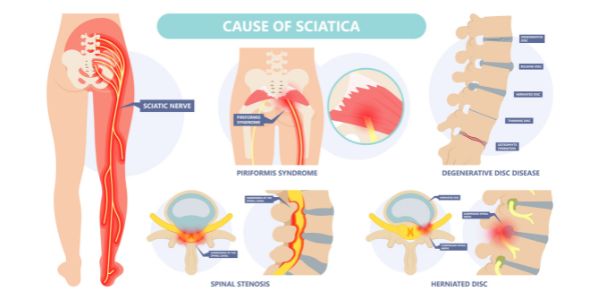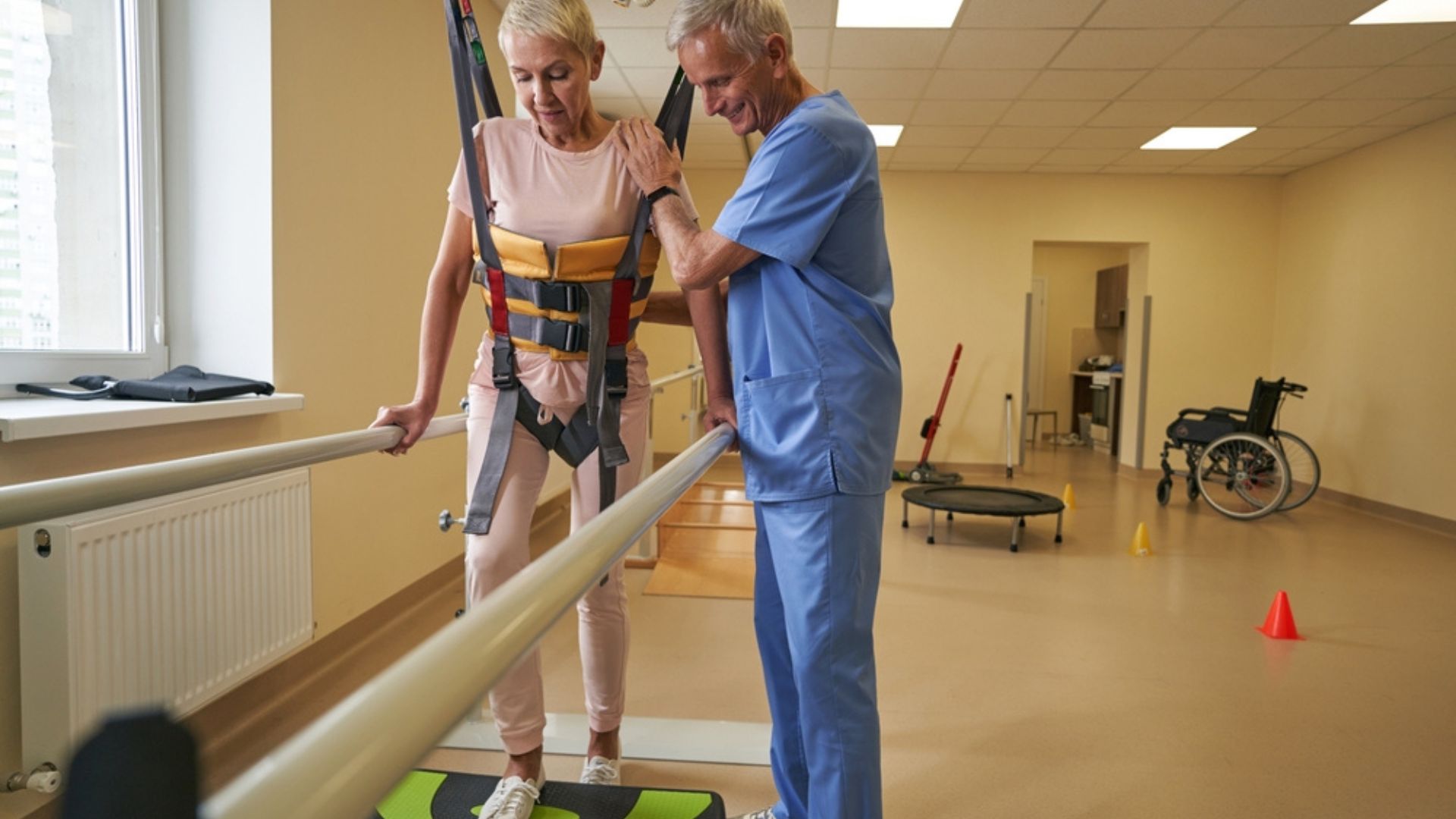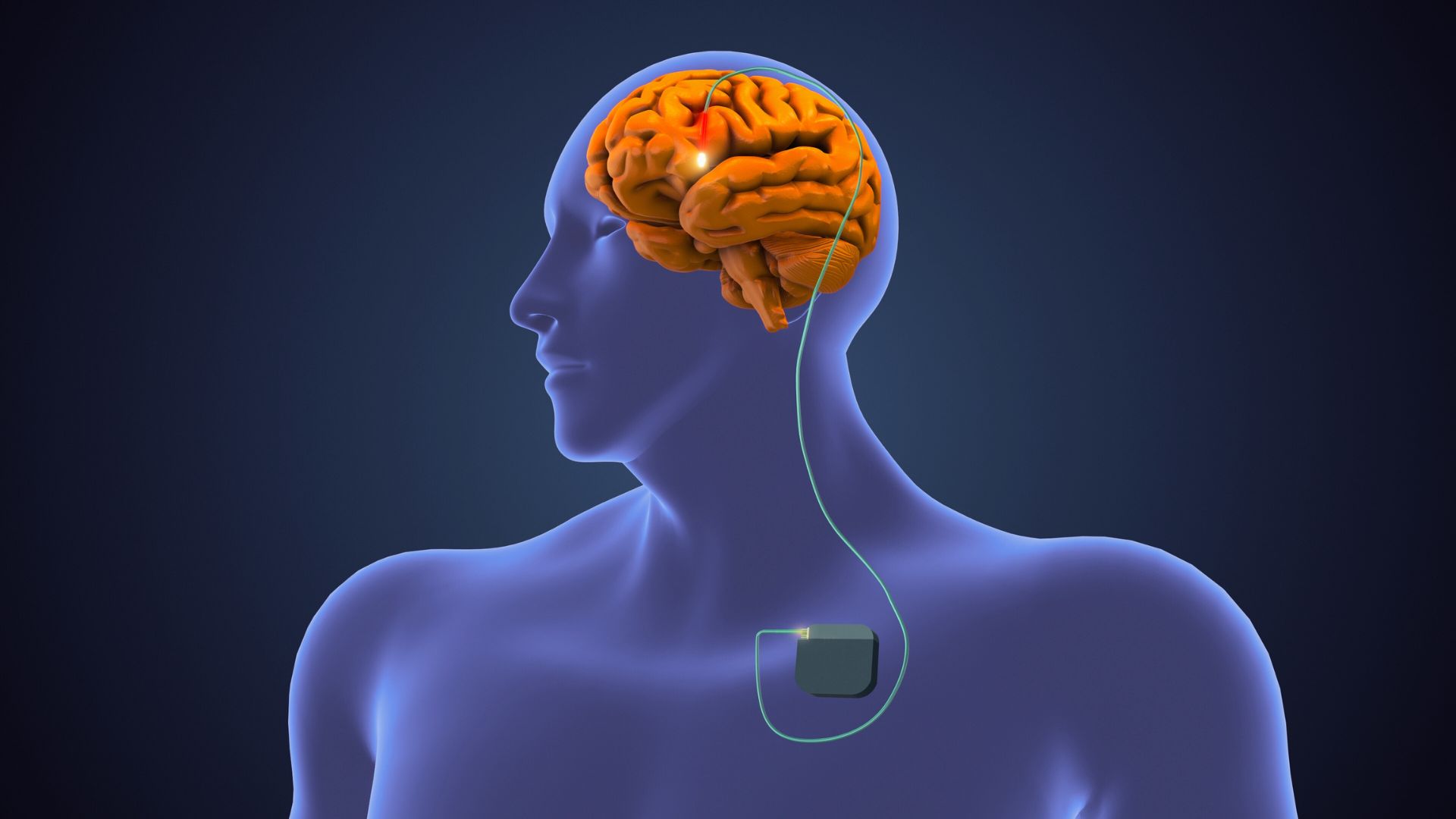Sciatica is a common cause of low back and leg pain. Between 10 – 40 percent of people will develop sciatica in their lifetime with the greatest incidence occurring in patients in their fourth decade.[i] Although the pain can be severe, most cases resolve within weeks with non-surgical treatment like sciatica physiotherapy.
A health professional with an understanding of the anatomy and clinical presentation can assess and diagnose the condition to determine the proper course of treatment. In this article, we examine what causes sciatica, how it is diagnosed and non-surgical treatment options.
What is the Sciatic Nerve?
The sciatic nerve is the largest nerve in the body measuring up to 2 centimetres in diameter. The nerve originates from the spinal cord compromising the lumbosacral roots (L4, L5, S1, S2, S3) and runs through the buttocks and back of the thigh before dividing into the tibial and common peroneal nerve at the knee.
What is Sciatica?
Sciatica is a condition that results from injury or irritation to the sciatic nerve, a large nerve running from the low back and down the back of each leg. This can lead to pain, paresthesia and/or weakness in the distribution of the nerve.
What Causes Sciatica?
The most common cause of sciatica is bulging or herniated lumber discs causing pressure of the nerve roots.[ii] However, sciatica can also be caused by a number of factors including:
- Spinal stenosis (due to degeneration)
- Spondylolisthesis (a vertebrae slips forward moving it out of place)
- Lumbar or pelvic muscle spasm
- Spinal or paraspinal mass
How Do You Know if You Have Sciatica?
While sciatica symptoms may vary from person to person, there are typical symptoms that are characteristic of this condition. The presentation of sciatica often includes:
- Radiating pain down the back of the leg in a specific distribution (insert picture)
- Low back pain
- Muscle weakness
- Numbness
- Pain that goes past the knee into the foot[iii]
Sciatica is diagnosed through a detailed history and clinical examination. A thorough clinical examination will include:
- A detailed pain history (symptoms, onset, aggravating/easing factors)
- Sensory assessment
- Muscle testing
- Reflex testing
- Neural tension testing
- Postural assessment
- Lumbar spine range of motion
- Gait assessment
Sciatica Physiotherapy Management
Physiotherapy has been found to have positive effects on relieving sciatica symptoms. Research has shown that physiotherapy started within 90 days of sciatica symptom onset helped to improve patient’s pain and function.[iv] A physiotherapy treatment plan will include:
- Patient education – education on resuming regular activities, importance of exercise and self management strategies for pain
- Education on proper lifting techniques, ergonomics
- Strengthening – exercises to promote core strength and lumbar stability
- Stretching – stretching of hamstring, piriformis and low back muscles as appropriate
- Manual therapy – joint mobilization, traction and soft tissue release to address any imbalances
- Pain management techniques – heat, cold, acupuncture, ultrasound to help with pain
At Propel Physiotherapy our trained and experienced therapists have the knowledge and skills to assess and treat any low back symptoms, including sciatica. Seeking physiotherapy treatment early at the first onset of symptoms will help speed your recovery. We will work with you to help improve your pain and function and get you back to doing the things you love to do!
References
[i] Davis D, Maini K, Vasudevan A. Sciatica. [Updated 2022 May 6]. In: StatPearls [Internet]. Treasure Island (FL): StatPearls Publishing; 2022 Jan-.
[ii] ibid
[iii] Koes BW, van Tulder MW, Peul WC. Diagnosis and treatment of sciatica. BMJ. 2007;334(7607):1313-1317. doi:10.1136/bmj.39223.428495.BE
[iv] Slomski A. Early Physical Therapy Relieves Sciatica Disability and Pain. JAMA. 2020;324(24):2476. doi:10.1001/jama.2020.24673
Written by


















